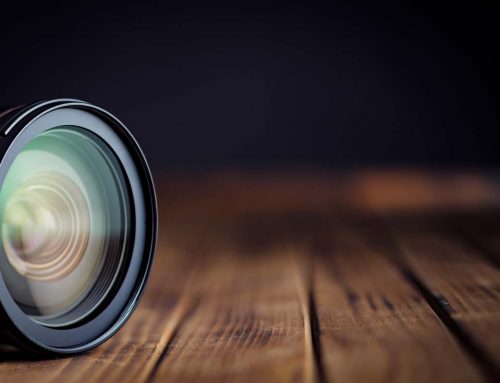Equipment Choices
Florida Film & Tape News • September, 2019
Back in 1980, when we started FF&T and Mike Fuller Group, the equipment decisions were much simpler to make. For still photography, it was Nikon for small format, Hasselblad for medium format, and a couple of choices for 4X5, 5X7 and 8X10. For motion pictures it was Aaton, Eclair or Arri for 16mm, and Arri or Panavision for 35mm or larger. There are of course a few other brands in there that have their following (we’ve used them all), but if you were a serious pro back then, photographer or cinematographer, this is what you needed to show up with. Flash forward 4 decades, and, oh boy!
Interestingly, the latest and most expensive digital equipment is not necessarily the right choice every time. There are too many issues, like work flow considerations, environmental conditions, bulk, logistics, end product use (IMAX or internet?), crew limitations and experience, and of course the budget. Unfortunately, for this discussion, there is no easy answer. But I can tell you what we do, and since we’re still here, and continuing to expand our client base, we seem to have found answers that work for us, most of the time!
We start with what the end use is. If we need 4K display that’s the size of a wall, we’re not going to show up with our daily workhorse, the Panasonic DVX 200. We then think of the style and the creative. If the style is run-and-gun documentary, we’ll leave the RED in the case. If there’s a need for shooting in low light, there’s probably going to be a Panasonic Varicam LT, or if the budget is tighter, An EVA 1. If the budget is even tighter, that might be a Canon 5D Mark 3 or 4. Steadicam is a great tool, but the DJI family of RONIN stabilizers have changed that landscape, a lot. Even the baby OSMO with the X3 is sometimes a better choice than any of the bigger and more expensive units. Think about running in 4’ seas on board a 30’ center console while hand-holding. Do ya want a Ronin S with a DSLR or would you rather have an Osmo? I know I’ll always choose the Osmo; picture is awesome, it’s always in focus with the 2/3” chip, and I can still walk at the end of the day. 60 fps at UHD or 4K? The options get a lot narrower, and the images might be more compressed if you’re not spending the big bucks on the higher end gear and the extra crew needed to support the equipment.
Somewhere in the equation is the cost. Be realistic about all of the above factors and, just like a well-developed fictional character will often write the script for the author, the budget will direct a lot of the decision process. The lower the budget, the easier the decision because your choices are fewer.
At FF&T, as well as Mike Fuller Group, we shoot a lot of action projects…boats, airplanes, things that move. For stills, we’re deeply invested in the Canon family, but just because there’s a 1DX mk2 in the catalogue doesn’t mean the 5D MK 2 is obsolete. The 5D Mk 4 has become our first choice still camera, and we back that up with the 5D Mk 3. The Kenyan KP6 gyro is a better stabilization choice for our action work than is a RONIN S, but for video, the Osmo/X3 combo is unbeatable for certain situations. We love our Panasonic DVX 200’s, but we’re starting to shoot with the Panasonic AG-CX350 because of its UHD 60fps capability and lighter weight. The last big-budget commercial I shot was with the Varicam LT with glass that cost more than my first and second houses, combined! I love the Arris, but some of that goes back to my cinematographer days…and they look great in the production shots!
To sum it up, when you’re deciding on the right equipment for the job, consider: End use, style, physical issues, logistics, work flow, experience with the particular equipment, and, finally, budget.








Get Social